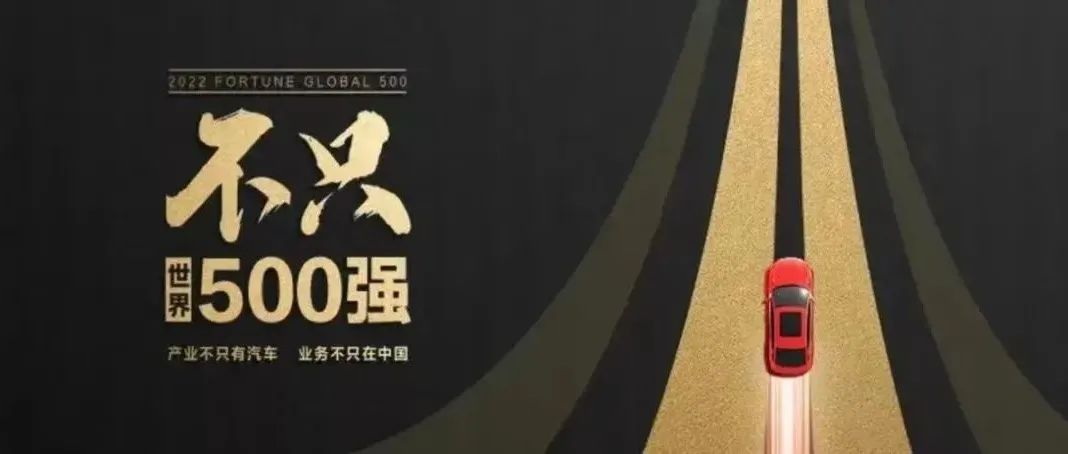Author: Dolikun
The diligence and hardworking spirit of the Chinese nation, determine that we will inevitably become the world’s number one.
—— Wang Chuanfu
Recently, the 2022 Fortune Global 500 ranking was announced. Among the 500 companies listed, the total revenue of Chinese enterprises reached 31%, exceeding the United States for the first time. Among the Chinese companies on the list is our very familiar BYD.

As the world’s third-largest automotive market capitalization, one of the few members of the “trillion A” club, and ranked 436th in the Fortune 500 list… Any of the above heights would be enough to be considered the pinnacle for many independent brand automakers. But for BYD, it seems so natural. Perhaps because we all firmly believe that BYD’s future will only be more brilliant.
The King of New Energy Race
2022 is undoubtedly a year of great uncertainty for all automakers. The pandemic’s fluctuations, the shortage of chips, and the rise in raw materials have greatly restricted the development of major automakers. However, in March 2022, BYD officially announced the cessation of production of fuel vehicles and the full-scale investment in the new energy market. This seemingly risky move has become BYD’s textbook-like “leap of faith”.
As of the first half of 2022, BYD’s cumulative sales of new energy passenger cars reached 638,157 units, a year-on-year increase of 324.8%. In July, BYD sold 162,214 passenger cars, with a year-on-year increase of 184.7%, setting a good start for the second half of the year.
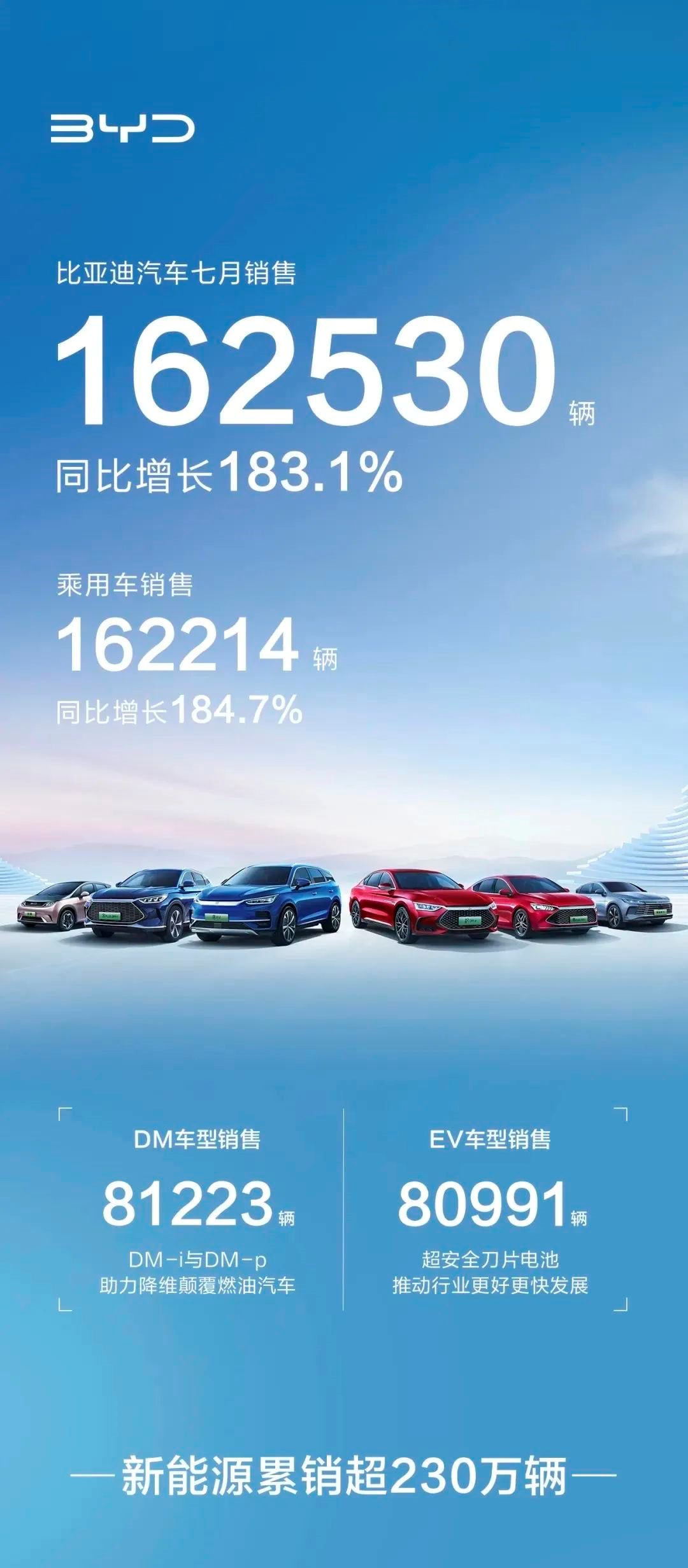
Ironically, due to the sluggish market environment, many automakers who chose to play it safe still ended up facing “red ink” results. However, BYD, who chose to go all in on the new energy market in the midst of the auto market crisis, broke through the sales bottleneck and went all the way.
It is no exaggeration to say that BYD has become an existence with its “halo of the protagonist” in the domestic new energy vehicle market. Even without any purchase discounts, even if it takes 1 to 3 months to wait for a car, consumers are still willing to pay for BYD. Not just in the same industry, many consumers are also wondering why BYD is so popular, and how it can enter the Fortune Global 500 list?
Perhaps the answer can be found in a statement made by Wang Chuanfu, chairman of BYD Co., Ltd. – “Mastering core technologies, formulating precise strategies, and having fast decision-making abilities are the three magic weapons for BYD’s development.”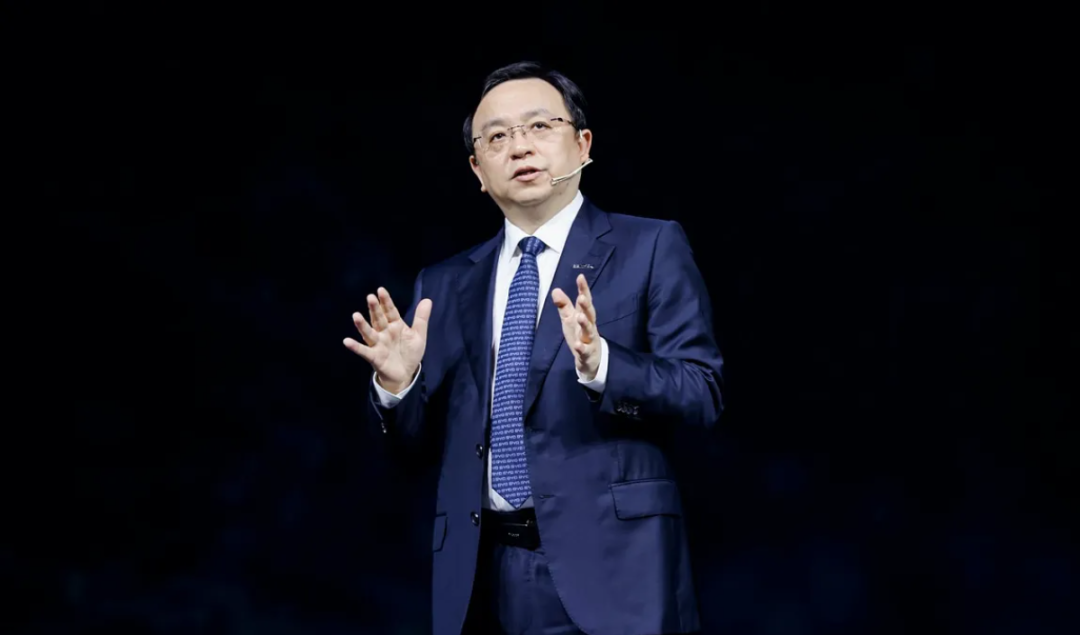
Mastering core technology is undoubtedly the cornerstone of all subsequent development.
Electricization core technology is the cornerstone of the world’s top 500
At present, BYD’s core technologies in new energy vehicles can be categorized into four aspects. One of them is the blade battery that consumers are most familiar with. In March 2020, the blade battery was officially released. Compared with the traditional battery pack commonly seen on the market at that time, it not only increased the utilization rate of the battery volume by more than 50%, but also passed the needle puncture test and rolling test perfectly. The technological innovation of blade battery solves the safety pain points that users are most concerned about. Putting user pain points first and finding solutions for them is the cornerstone for product and brand recognition and sustainable development. BYD has done it.
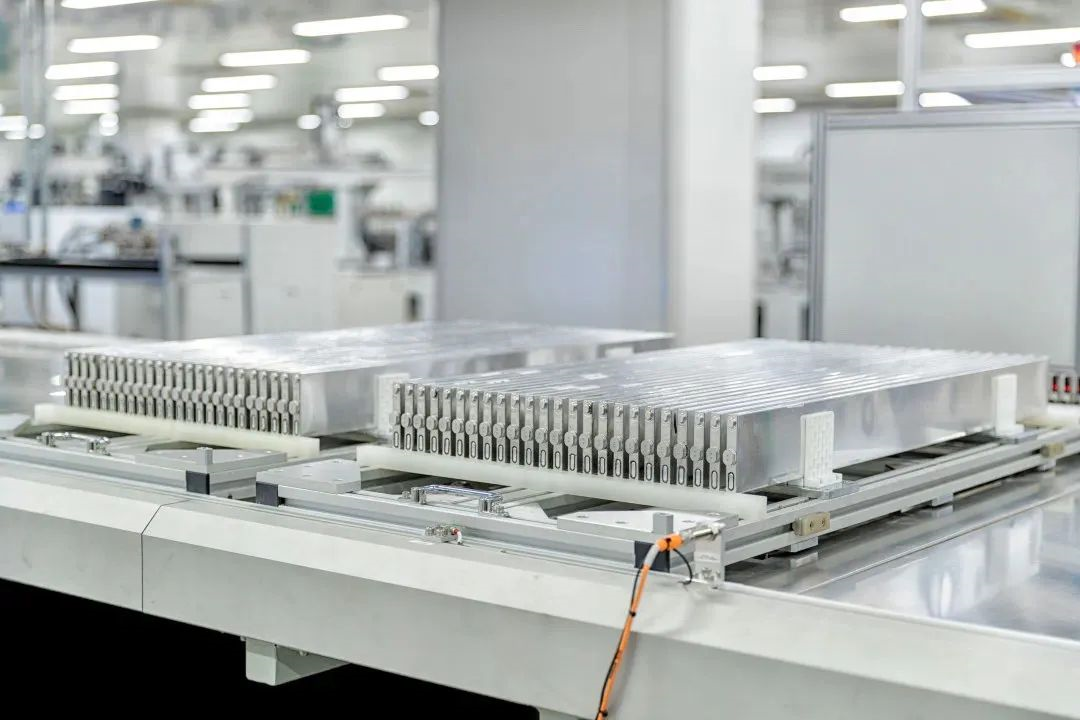
The second is the DM-i super hybrid. After 14 years of development, BYD’s DM technology has evolved into a model and a banner in the domestic plug-in hybrid field. It can be powered by oil and electricity, with low fuel consumption and no range anxiety. The left and right opening of DM-i and DM-p let consumers see the best solution that is compatible with economy and performance in the era of new energy. The hot sales of DM models are also changing the pattern of Chinese users from fuel vehicles to a comprehensive embrace of new energy.
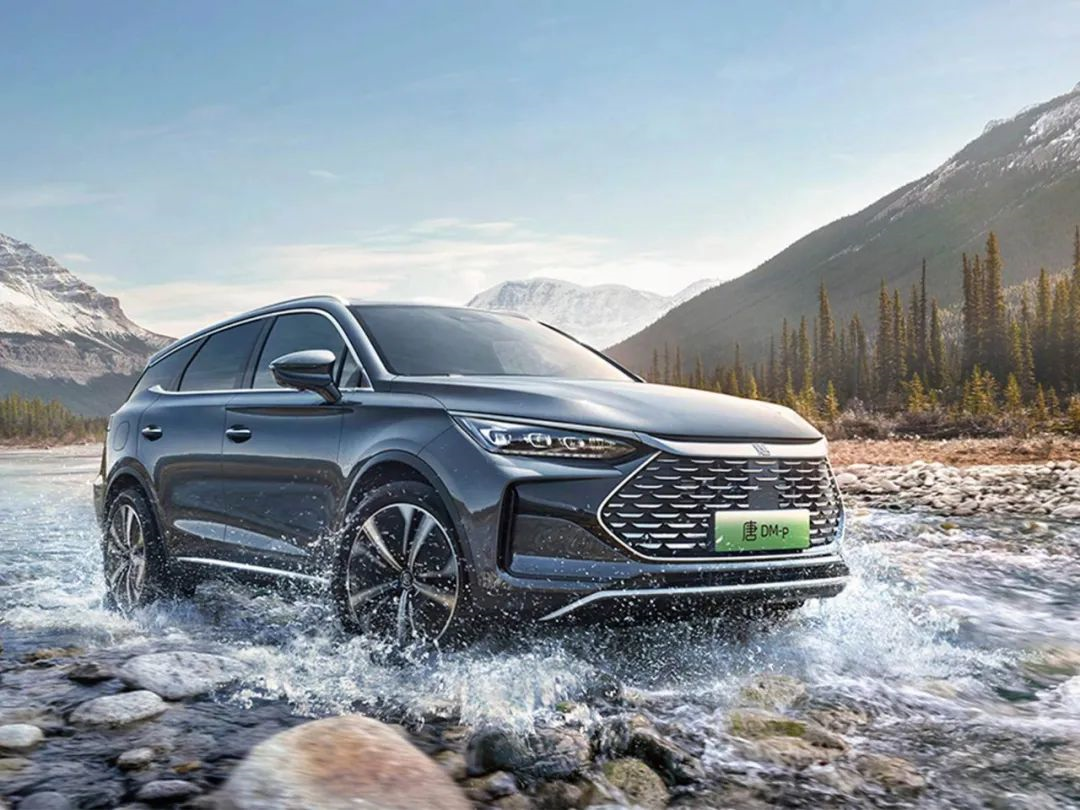
The third is the e-platform 3.0. Different from the DM platform, the e-platform will mainly focus on pure electric models. Simply put, the vehicles empowered by the e-platform 3.0 will have four major characteristics: safety, efficiency, intelligence, and aesthetics. The vehicle’s range under low-temperature conditions is higher, and the vehicle control and driving are more intelligent. The space experience is also better. At the same time, the e-platform 3.0 can also expand to different vehicle types such as sedans and SUVs. In addition, BYD also shares e-platform 3.0 with the global industry. The birth of e-platform 3.0 not only allows consumers to have a better intelligent travel experience, but also helps the global intelligent electric vehicle development process.
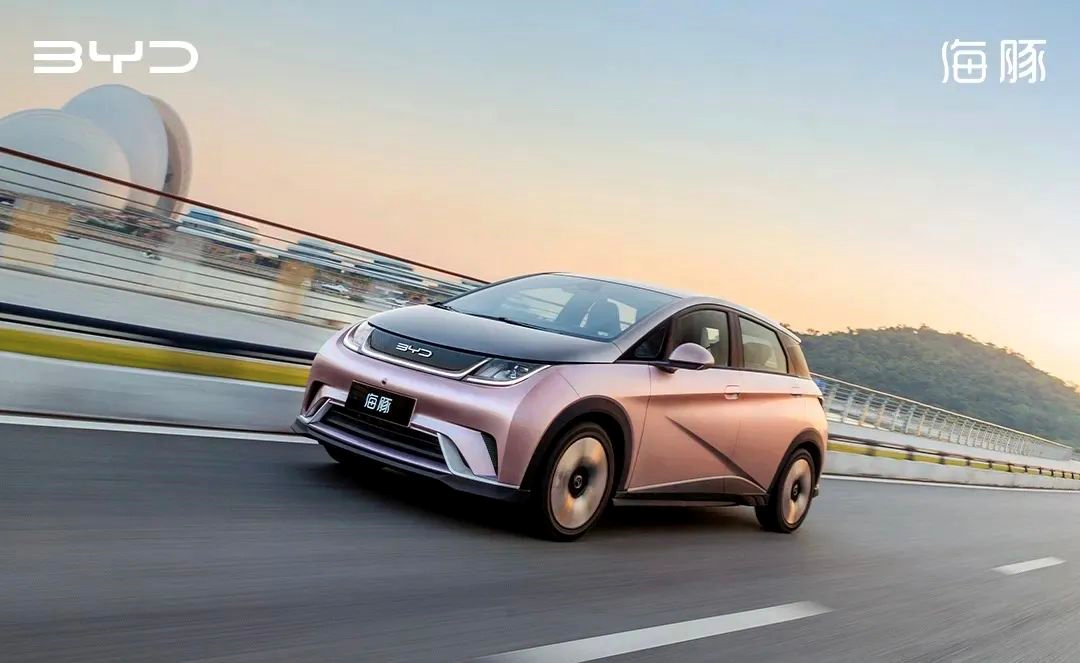 More than that, in May of this year, BYD once again released a new revolutionary technology – CTB. It not only realizes the transformation from the integrated body to the battery-integrated body, but also improves space utilization, further unleashing the performance of electric vehicles. The recently launched Sea Lion is empowered by this technology, and it is the powerful technical support that has made the Sea Lion a hot-seller as soon as it is released.
More than that, in May of this year, BYD once again released a new revolutionary technology – CTB. It not only realizes the transformation from the integrated body to the battery-integrated body, but also improves space utilization, further unleashing the performance of electric vehicles. The recently launched Sea Lion is empowered by this technology, and it is the powerful technical support that has made the Sea Lion a hot-seller as soon as it is released.
Behind these envy-inducing technologies is BYD’s unremitting investment. In 2021, for example, BYD invested a total of 10.627 billion yuan in technology research and development, of which the R&D investment in the automotive sector was 5.14 billion yuan, accounting for 48.3% on the R&D front, and the number of R&D personnel exceeded 40,000.
According to the “Top 20 New Energy Vehicle Patent Companies” list released by the Enterprise Research Institute of Qichacha, we can learn that BYD, which topped the list, controls 9,426 patents covering four major sectors of batteries, electronics, automobiles, and rail transportation. In terms of invention patents, BYD exceeded the total number of invention patents from companies ranked 2-7 with 4,368 patents.
To become gold, one needs to learn to shine.
It’s Opportunities as well as the Responsibility of Fortune 500 Companies
From ancient times to the present, there are countless successful companies, but when it comes to their success stories, we can easily find a common point, that is, they seized opportunities, and I prefer to call it industry trends. For today’s automakers, this trend is the new energy market.
In September 2020, China proposed to strive to peak carbon dioxide emissions before 2030 and achieve carbon neutrality before 2060. Why do we need to achieve carbon neutrality? The answer is the extreme high temperature in various parts of the country. According to calculations, global temperatures have risen by nearly 1 degree so far, and according to a rise of 0.15-0.2 degrees every 10 years, the dangerous critical value of 1.5 degrees seems not far away. Therefore, curbing the use of mineral fuels as the main source of carbon dioxide emissions, and changing fuel-powered vehicles, which rely mainly on oil, is an inevitable outcome. Under the trend of global electrification, BYD, with cutting-edge new energy technologies, seizes the opportunity of era change, exports new energy vehicles globally, demonstrates the strength of China’s automotive industry, and undertakes the responsibility and burden that Fortune 500 companies should shoulder in the face of global warming and climate crisis.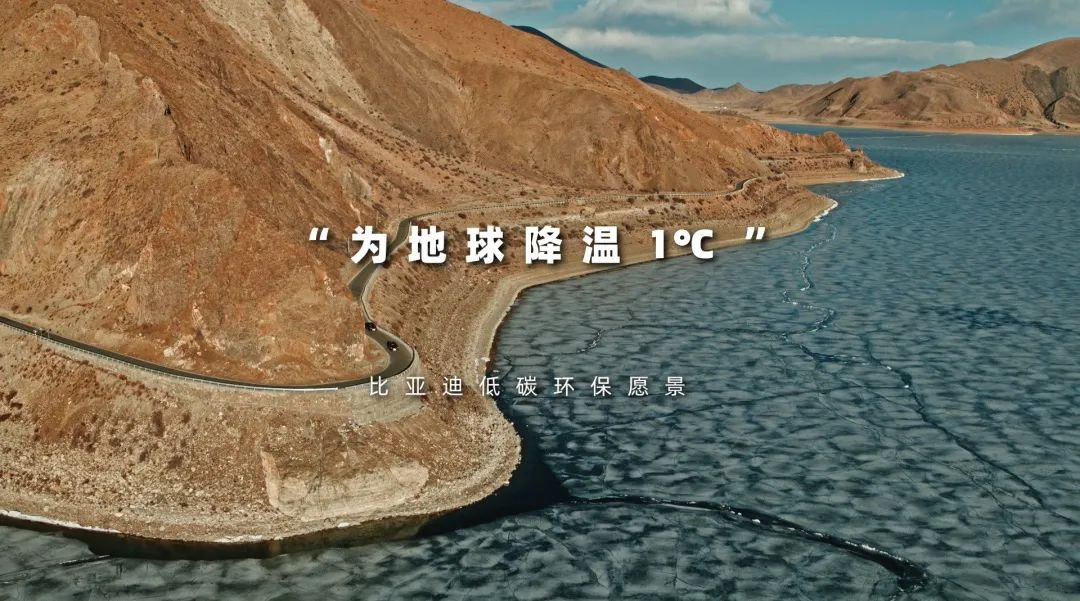
Over the years, BYD has comprehensively mastered core technologies of the whole industrial chain, such as batteries, motors, electronic controls, and car-grade chips, and has taken “Cool the Earth by 1 Degree” as the brand vision, practicing green low-carbon development path through actions. In the Chinese market, it continues to promote new energy technology to reduce carbon emissions and help China achieve carbon neutrality. In the international market, BYD is also actively promoting new energy vehicles. So far, the footprint of BYD’s new energy vehicles has covered six continents, more than 70 countries and regions, and over 400 cities worldwide.
In the passenger car field, Tang EV has been shipped to Norway, opening up the European market, while Han EV has already been launched in Latin American countries such as the Dominican Republic, Bahamas, Colombia, and Costa Rica. In July of this year, BYD officially entered the Japanese market with its leading technology advantage in the field of electric vehicles. In the commercial vehicle field, BYD’s pure electric buses have been operating in more than 20 European countries and more than 100 cities. In the American market, BYD had previously won the bid for 1,002 buses in Colombia, and has received orders for over 2,000 pure electric buses in Latin America. In addition, BYD’s buses have also successfully entered developed countries such as Japan, South Korea, Australia, and Singapore. Its overseas business success has already begun to lead the transformation of the global new energy automobile industry, as well as helping to achieve the global green dream.
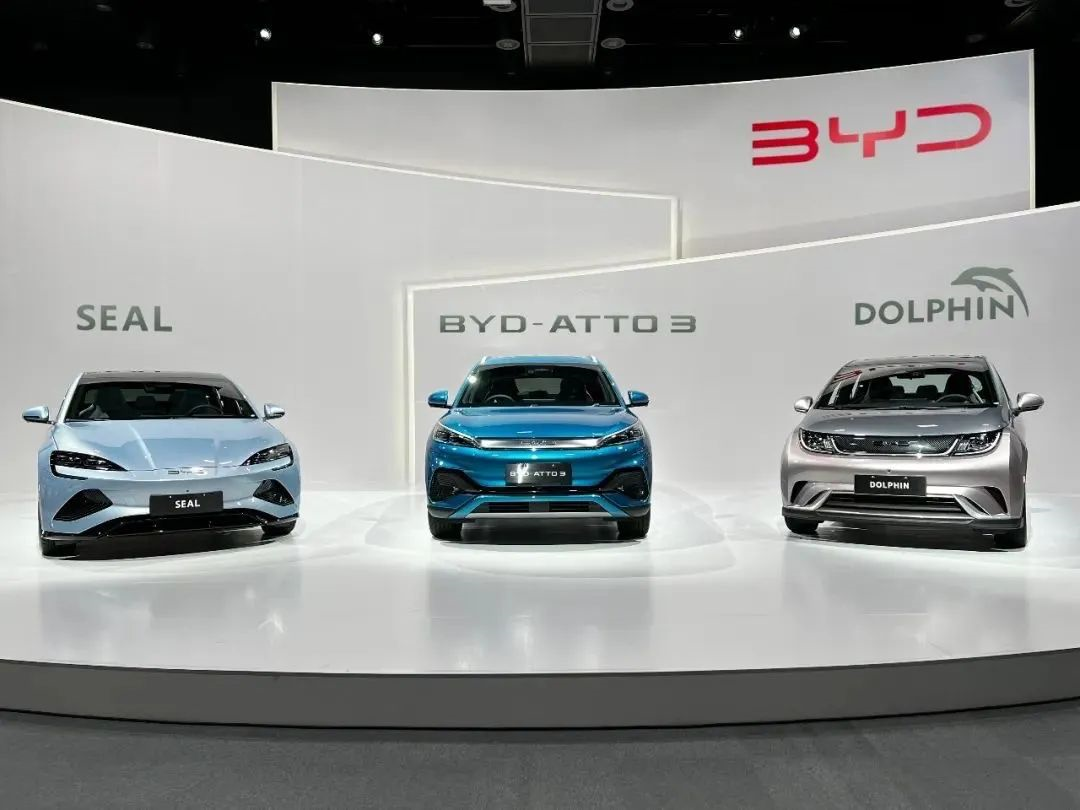
In fact, many consumers may not understand how much impact BYD’s promotion of new energy vehicles has on carbon neutrality. To make it more intuitive, a pure electric car can reduce about 15 tons of carbon emissions during its entire life cycle from production to scrapping, equivalent to planting about 128 trees. Looking at the sales volume of BYD’s new energy car models starting from 2022, how much green hope it brings.
Recently, BYD and the Earth Planet Institute jointly produced a natural geography popular science documentary, “The Last Glacier,” which tells the story of the melting of glaciers due to global warming. One of the sentences in the documentary left a deep impression on me, “I hope that when our descendants ask us where China’s glaciers were, we don’t have to tell them a distant and sad story in front of the U-shaped valley covered with forests and the ice-cored moraines covered with flowers. Here, there used to be a glacier in China.”
Some people say that the new energy era has achieved BYD, but in my opinion, perhaps the new energy era needs BYD.
This article is a translation by ChatGPT of a Chinese report from 42HOW. If you have any questions about it, please email bd@42how.com.
